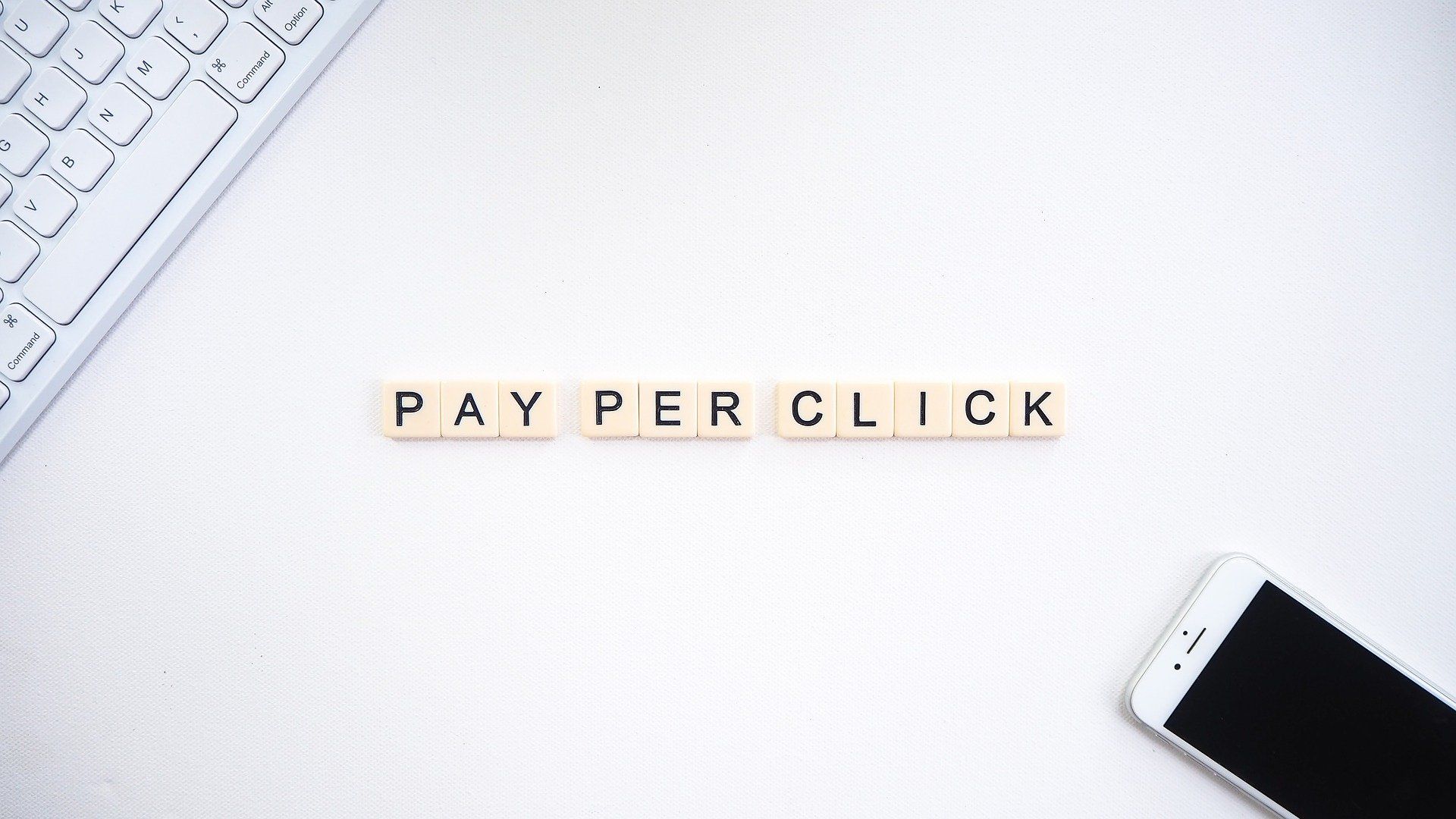Facebook live: The good, the bad and the ugly

Social media has made it easier to connect with your customer base in an inexpensive way. It has become common practice for businesses to set up scheduled posts to maintain an active account and display their product or services weekly. However, as it usually does, the game has been modified through Facebook Live.
Facebook Liveis the ability to broadcast to your Facebook audience a live video feed from a camera source and let them see whatever it is you are currently doing. It is extremely popular with direct marketing companies (Lularoe anyone?). In broad terms, it gives you the opportunity to be a star in your very own TV show!
The Good:
Facebook Live allows you to do special events that allow your customers and clients to feel like they are a part of the behind-the-scenes action in your company. It also allows you to communicate directly, albeit slightly delayed, with customers who are watching. Some businesses like to announce upcoming special sales or events via Facebook Live to make their followers feel like they are getting priority information, and who doesn’t like to feel special?
The Bad:
With Facebook Live you are only streaming to a very select audience. Its reach
is limited to the number of followers you have, and the engagement from shares
that you may receive. Do not be discouraged if you only have 10 of your 500
followers watching you live with no additional shares. You also need to be
aware of your sound quality. There is no point in having a live stream going if
it is going to be the equivalent of a silent film. Bad sound quality, or shaky
video for that matter, will quickly tank your Live.
The Ugly:
On the same vein as being a live TV show, what you say is out there forever. There is no editing power on a live video, so make sure you prepare what you will be saying. Also, be aware of your surroundings! Remember to have a clean background behind you, good lighting and no one running around underdressed! We’ve all seen the video of the online business meeting where a woman took her phone with her to the restroom. Don’t be the restroom woman!
The best practice for Facebook Lives is to plan ahead, prepare your talking points in advance, clean the area you’ll be presenting from, schedule posts leading up to the live to let your followers know and have fun. Results will vary from business to business, but it’s always fun to be your own star.










